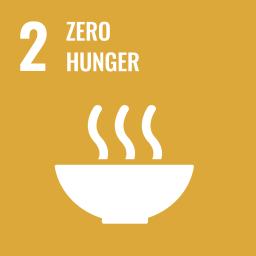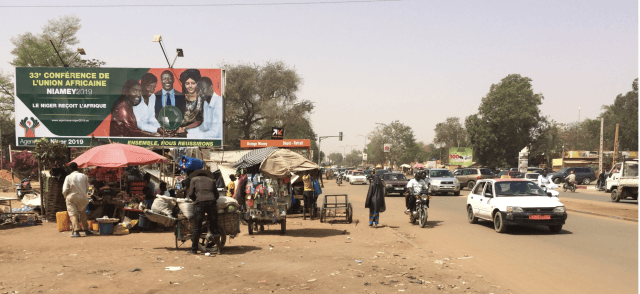The action and its aims
The Health on the Way (HOW) programme consists of 25 stalls around the city of Quito (10 fixed, 4 semi-fixed, 11 mobile) that provide free nutritional education and offer nutritional and health screening. Agreements are in place with municipal and organic markets, where some of the stalls take place and where consumption of fruit and vegetables is promoted. The programme is part of Quito’s Metropolitan Ordinance 0494 of February 2014, which establishes that the Municipality must contribute to developing a healthy territory by promoting and providing health promotion and protection programmes and services.
When it was introduced
HOW was introduced in 2015.
Why it was needed
The driver was the impact that proliferation of Westernised eating habits and sedentary lifestyles has had on rates of overweight, obesity, and non-communicable diseases.
Who initiated it, who is involved
The programme is run by the Municipality of the Metropolitan District of Quito (MMDQ). Nutritional education is delivered by trained nutritionists.
Impacts to date
As of December 2018, a total of 481,554 people had visited a HOW stall; 34% visited on more than one occasion. Between 2015 and 2018 205,450 people with overweight or obese status used the service; of the 47,758 who made repeat visits, 13% improved their nutritional status and 6.5% changed from overweight to normal. Among those who improved their nutritional status, 62.2% had increased their fruit and vegetable intake, 39.2% reduced alcohol consumption, 31% reduced tobacco use, and 14.6% increased physical activity.
More information: City of Quito, submitted for Milan Pact Awards 2017 (See ‘Further reading’).






